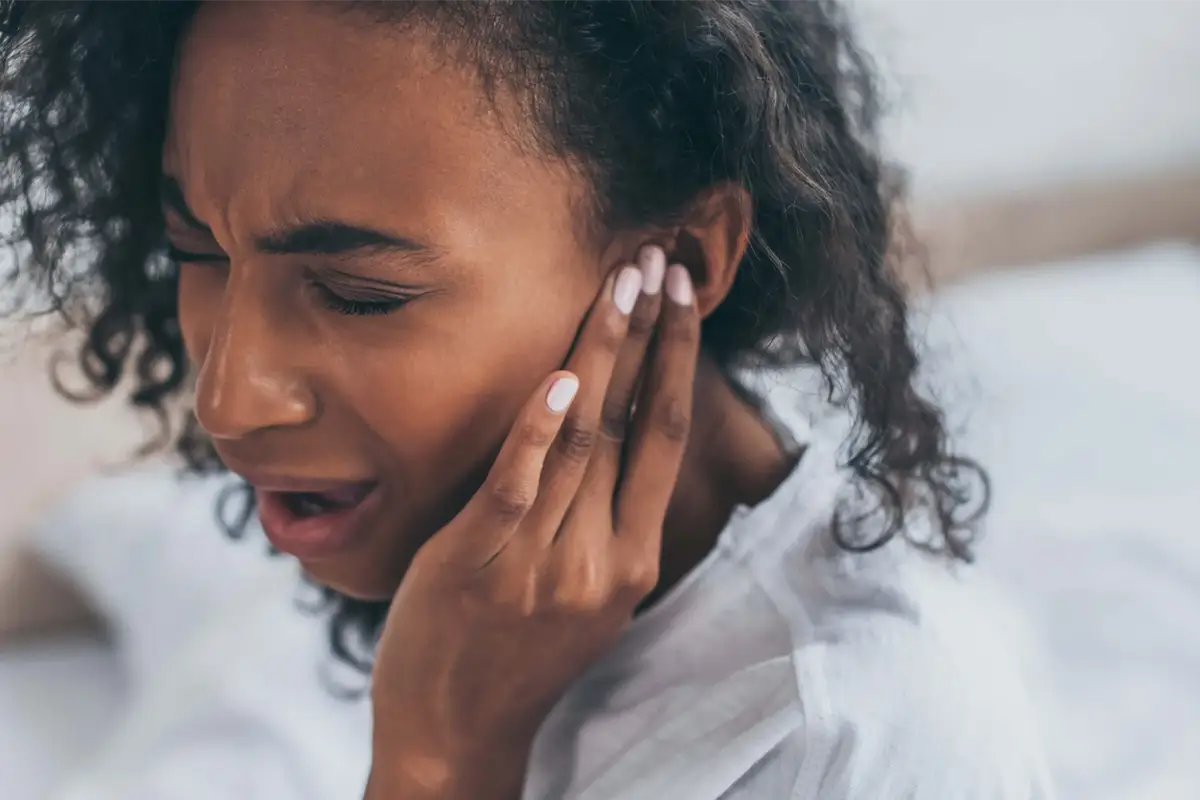
There was a season in my life when I did everything, and I mean everything, with music because, without it, the silence was just too loud. So, I cleaned, washed, cooked, typed, dug, wrote, walked, and read with earphones plugged in. Since I always had wired earphones, I often had to replace them because sudden movements caused rips, and if I couldn’t replace them, I would scour the house for a replacement. During this season, I realised that I had become very dependent on music to survive every day; I couldn’t productively do anything without A Tribe Called Quest booming in my ears or TobyMac with his feel-good vibes. I also realised that after some hours of nonstop listening, my ears would hurt, but they would hurt quicker when I used earbuds. The Dangers of Using Earphones and Earbuds became clear to me only after experiencing this pain. Here is where I educate you on the difference between earbuds and earphones: earbuds rest on the outer ear, while earphones fit snugly into the ear canal, thus the rubber. In this season, I ignored the warnings my device would show, the warnings my ears gave me, and exposed myself to so much damage.
Noise Damage to the Ear
Listening to music for long hours at high volume levels will lead to ear damage, whether permanent or temporary. Noise-induced hearing loss occurs from listening to loud sounds for long periods, such as concert sounds or loud music from earphones, headsets, or earbuds. Loud sounds damage the hair cells that send electrical signals to the brain; that is why, after a concert, there is a loud ringing in your ears, because of the overstimulated or damaged hair cells.
Additionally, impulse noise is another inducer of hearing damage. These single blast sounds like gunfire, fireworks or explosions can lead to acute hearing loss, also known as temporary threshold shift, where hearing diminishes temporarily. The permanent effects of impulse noise occur when there is repeated exposure that eventually results in permanent hearing loss.
Damage to the Ear Due to Duration of Sound Exposure
As much as high volume levels are dangerous, it is important to consider the damage prolonged listening causes to the ear. A 2022 article by EMEET highlights that prolonged usage of headsets/earphones/earbuds without rest can lead to earaches, vertigo (dizziness), and sometimes hearing impairment. I edit audios, so I find myself listening to audios for prolonged periods, like 2 hours non-stop, and I find myself taking breaks only when I feel pain in my ears, which shouldn’t be the case. This pain I feel is proof that my hair cells in my ear are being overly stimulated.
Read Also: How To Know She Is Into You But Playing It Cool
Read Also: The Importance of Boundaries in Relationships – Building a Healthy Friendship
Overstimulation can lead to an acute onset of injury (tinnitus). Because of the long periods of exposure to sound, it also damages blood circulation in the ear, causing earaches and ear fatigue. In the worst-case scenario, it can lead to blood vessel rupture and cerebral haemorrhage (brain bleeding).
Causes of Wax Buildup
You’ve definitely noticed that there is always wax at the entrance of your ear or on the earphones/earbuds every time you take them out after using them. This buildup is natural since our ears self-clean with earwax; however, using these gadgets can cause blockage and buildup. This is why there is a lot of wax: for multiple hours a day, the wax hasn’t been allowed to work itself out of the ear. Instead, these gadgets contribute to pushing the buildup, which is really dirt, further back into the ear, thus leading to trauma and pain. At the same time, this ear is exposed to infection.
So, not only are the high levels of sound bad and long hours of exposure harmful, but the fact that these earpieces block airflow and prevent the natural cleaning of the ear from taking place is also concerning.
Read Also: Sankofa Album by Azawi: Her Best Music Album Yet?
Read Also: Bro Code Meaning with Examples: Loyalty, Lies, and Ladies
Prevention of Further Damage
In 2019, the World Health Organisation and the International Telecommunication Union established the global standard on safe listening devices and systems. This document highlights the need for manufacturers to equip their devices with information that notifies the user of sound level usage warnings. It also indicates that listening to sound at 85 db for up to 8 hours is acceptable; anything beyond that will cause damage (90 db for 9 hours). Such regulations help to spread awareness of the dangers of overexposure to sound.
Regarding concerts, carnivals, and raves, avoid back-to-back events and stand as far away from the speakers as possible.
Clean your ears regularly to get rid of the bacteria and germs that accumulate from earphones. Also, clean the earphones themselves, especially the parts that enter the canal, so pay attention to the rubber or silicone tips. Soak them in warm water mixed with soap and wash gently to remove the germs.
Read Also: Why Ugandans Can’t Live Without Gossip – Olugambo!
Read Also: Top Trending Songs on TikTok, Instagram & YouTube
Use over-ear headphones, earbuds, or headsets that do not directly come into contact with your ear canal. Listen to sounds at reduced volume levels and not for lengthy hours.
Take breaks from listening; these pauses give the hair cells some respite from stimulation. These breaks will also prevent you from experiencing common headaches or earaches. If it is music for a workout, opt for speakers rather than earphones.
Earphones, earbuds, and headsets are all unavoidable; however, what can be avoided are the negative effects of their misuse. We must be keen about how we use them, how often we use them, and the signs our bodies give us.
Leave a comment below with your top three go-to Spotify artists.